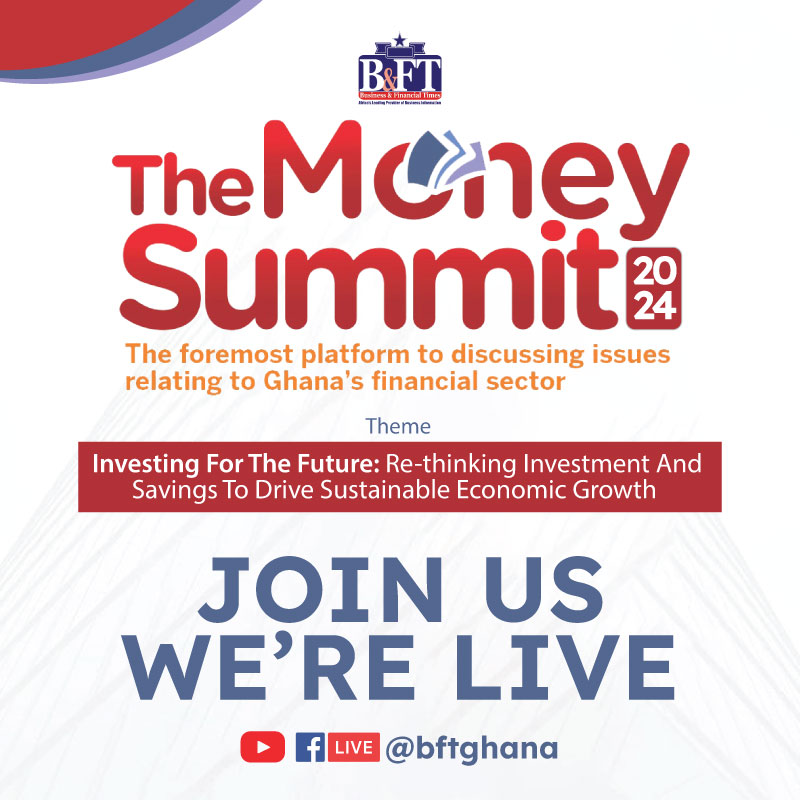Energy sector debt, approximately GH¢8billion, has been refinanced over the last four years ending 2020 through the Energy Sector Levy Act (ESLA), the annual report on management of energy sector levies and accounts has shown.
Of the total amount, GH¢1.87billion was settled in cash to creditors while the remaining GH¢6.19billion was covered by debt-swaps – whereby the creditor enters into a bond purchase agreement with the issuer.
In 2018, a total of GH¢5.45billion was novated to creditors, comprising of about GH¢3.92billion in debt-swaps and GH¢1.53billion in cash settlement; while in 2019 GH¢988.78million was settled, with GH¢648.93million in debt-swaps and GH¢339.85million in cash settles. Last year, ESLA novated about GH¢1.62billion entirely in debt-swaps.
At the end of 2020, payments to creditors by Volta River Authority (VRA) amounted to GH¢3.41billion; Tema Oil Refinery (TOR) GH¢2.83 billion; Electricity Company of Ghana Limited (ECG) GH¢1.60billion; while the Bulk Oil Storage and Transport (BOST) settled GH¢140million and Ghana Grid Company GH¢70million.
As part of the energy sector reforms, E.S.L.A PLC was established as a Special Purpose Vehicle (SPV) to issue long-term bonds backed by ESLA receivables to resolve energy sector debts of almost GH¢10billion owed to banks and trade creditors.
During the period, a cumulative amount of GH¢5.03billion was transferred to E.S.L.A. Plc, from the levies realised, of which part was utilised to meet the required coupon payments to bond holders.
The report notes that performance of the energy sector levies, like other sectors of the economy, was adversely impacted by developments in 2020 occasioned by the COVID-19 pandemic. The expected receipts from the electricity levies were not realised due to a slowdown in business activity at the onset of the pandemic, coupled with lower recovery of electricity bills from households and businesses severely hit by the pandemic.
That notwithstanding challenges posed by the COVID-19 pandemic in 2020, levy collections increased over the period ending December 2020, with GH¢1.71billion collected – of which ESLA Plc has subsequently received GH¢52.53million relating to 2020 transfers.
ESLA proceeds and projection
The 2020 annual report projects that ESLA proceeds in the next four years will increase averagely by 12 percent per annum, from 2021 to 2024. The growth in levies is largely expected to contribute in the reduction of financing challenges facing the energy sector, as well as support the Road Fund and Energy Commission in delivering on their mandate.
According to the report, the 2021 levy is estimated to increase to GH¢634.7million at 12 percent compared with 2020. The indicative projections for the other years – 2022, 2023 and 2024 – show an average growth of 12 percent compared with the respective previous years’ forecast.
Proceeds from ESLA in the first quarter of 2021 fell by 14.03 percent to GH¢533.31million from GH¢620.3million in first-quarter 2020 according to the central bank’s first-quarter statistical bulletin, largely driven by the Public Lighting Levy (PLL), National Electrification Scheme Levy (NESL) components contributing to the ESLA proceeds, which recorded no revenues – despite an increase in the Price Stabilisation and Recovery Levy, and the Energy Debt Recovery Levy.













